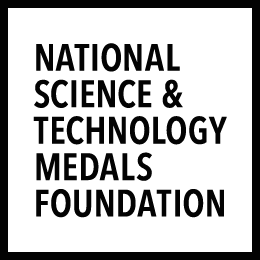John Cocke was given his first bicycle at the age of 6 and dismantled it within a few hours, much to the dismay of his mother. Cocke’s curiosity went on to benefit him throughout his career, as he made significant contributions in high speed computing.
An IBM employee for 37 years, Cocke made major contributions to compiler optimization and devised the concept of the reduced instruction set computer (RISC). RISC simplified computer processes, which led to high speed computing and the development of the IBM 801 minicomputer. The RISC design is used in nearly every computer and mobile device.
During the conception of the IBM 801 minicomputer in 1974, Cocke realized that matching the design of the architecture’s instruction set to the relatively simple instructions actually emitted by compilers could allow high performance at a low cost. At a time when instruction sets of computers were becoming ever more complex, Cocke’s philosophy went against the prevailing wisdom and revolutionized high speed computing.
By Jennifer Santisi







